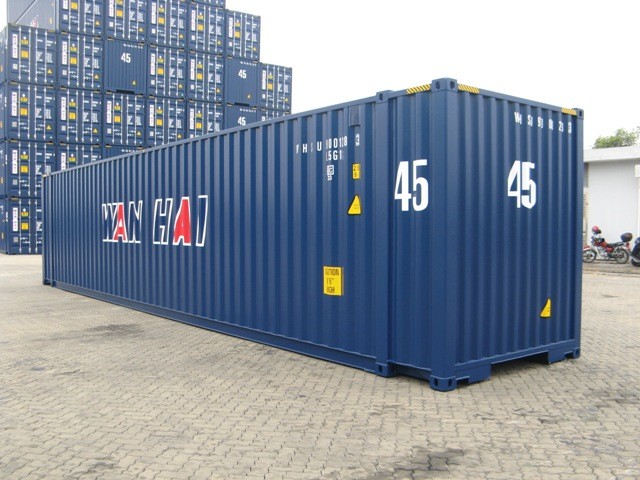Wan Hai Lines’ general manager Tommy Hsieh has said at a media briefing that despite the recent downward trend in freight rates, the Taiwanese company is ‘not pessimistic’ about
negotiations for long-term shipping contracts on Transpacific lines.
Hsieh said that Wan Hai has seen a mild uptick in freight rates ahead of Chinese New Year in January and that while freight rates have been correcting, he believes that cargo volumes should recover in mid-2023 as US retailers start restocking.
He said, “We have seen higher cargo volumes as shippers rush to get their exports out before Chinese New Year (on 23 January 2023), but the container numbers aren’t as good as last year’s. Vessel utilization is now 90% to the US West Coast and 85% to the US East Coast. Right now, demand has not improved, and the retail inventory is slow to be drawn down. However, we think restocking should start in the middle of next year.”
Wan Hai, having taken delivery of several 13,000 TEU ships, has also adjusted its capacity deployment.
Hsieh explained, “At the height of the Covid-19 pandemic, the demand for shipping to the US surged, and Wan Hai transferred small and medium-sized ships from the intra-Asia routes to the Transpacific; now that demand in Europe and the US has weakened, the reduced freight rates mean that it’s no longer economically beneficial to deploy these vessels to long-haul routes. So Wan Hai has put the 13,000 TEU ( 20-foot container) ships on the Transpacific, and
transferred the small and medium-sized ships back to the intra-Asia lanes.”
Primarily an intra-Asia carrier, Wan Hai restarted Transpacific services when freight rates hit historical highs in 2020. In the first nine months of 2022, Transpacific volumes contributed 44% to Wan Hai’s turnover, while intra-Asia cargoes accounted for 27%.
Addressing overcapacity concerns, Hsieh said that from 2023, the new regulations on carbon emissions, particularly carbon intensity indicator (CII) compliance, could spur scrapping of older ships. This could take 6% to 10% of the fleet out of the market, said Hsieh.
Martina LI, Asia Correspodent







